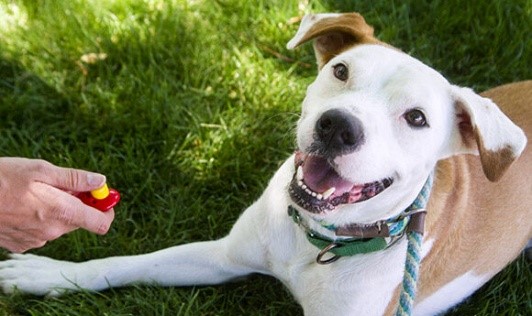
An important part of living with is training, not only because it is necessary for the animal to be able to to adapt correctly to the characteristics of its environment, but also to its to maintain their mental and physical health. This is causing great concern in the first-time owners, because knowing which methods are the most suitable and whether they will be effective with your pet, it is not such a simple task.
An essential element, apart from the patience and routine, is the positive reinforcement, indispensable for the training of your pet. Positive reinforcement, which has been taking increasingly strong in recent years, it is the best ally that any company can have. person may have when it comes to training an animal, but why?
What is positive reinforcement?
Contrary to certain traditional methods that use punishment to “teach” the animal what it should not do, reinforcement positive rewards desired behaviors or actions and ignores those that are not, achieving This will help the animal to associate in a positive way what it is being taught. Yes If there is a positive association, the animal will do its best to obtain its reward, and will implement what is rewarded and avoid what is not.
The success of positive reinforcement lies in in that the animal does this because it wants to and not because it is afraid of being punished, thus avoiding many of the mental health problems that afflict pets, such as stress and anxiety. For this reason, the Positive reinforcement is successful with all pet animals, dogs, cats, birds, ferrets, etcetera.
Benefits of positive reinforcement
The benefits of positive reinforcement at pets can be seen in both the short and long term, and it is without a doubt the most recommended at the time of training. The most notable benefits of reinforcement positive are:
- Allows for a good human-pet communication and strengthens the bonds that exist between the two. Due to the way in which positive reinforcement is applied, the animal manages to understand the person wants in a short period of time, thus avoiding frustrations and fears that develop when using negative reinforcement (scolding, hitting).
- It is effective in everything that the animal is to be taught, as well as to achieve a positive participation of the animal. its part. Positive reinforcement works whether you want to teach a command or not. as if you want him to assimilate a new concept, such as kicking or sitting down. conduct.
- It’s fun, easy and all the family can apply it. Positive reinforcement consists of giving a reward to the pet right after it performs the desired action, whether it is a petting, treats, sweet words, or games; thanks to this, any member of the family can actively participate in the training.
Image courtesy of (www.sargeanimals.org), all rights reserved.







